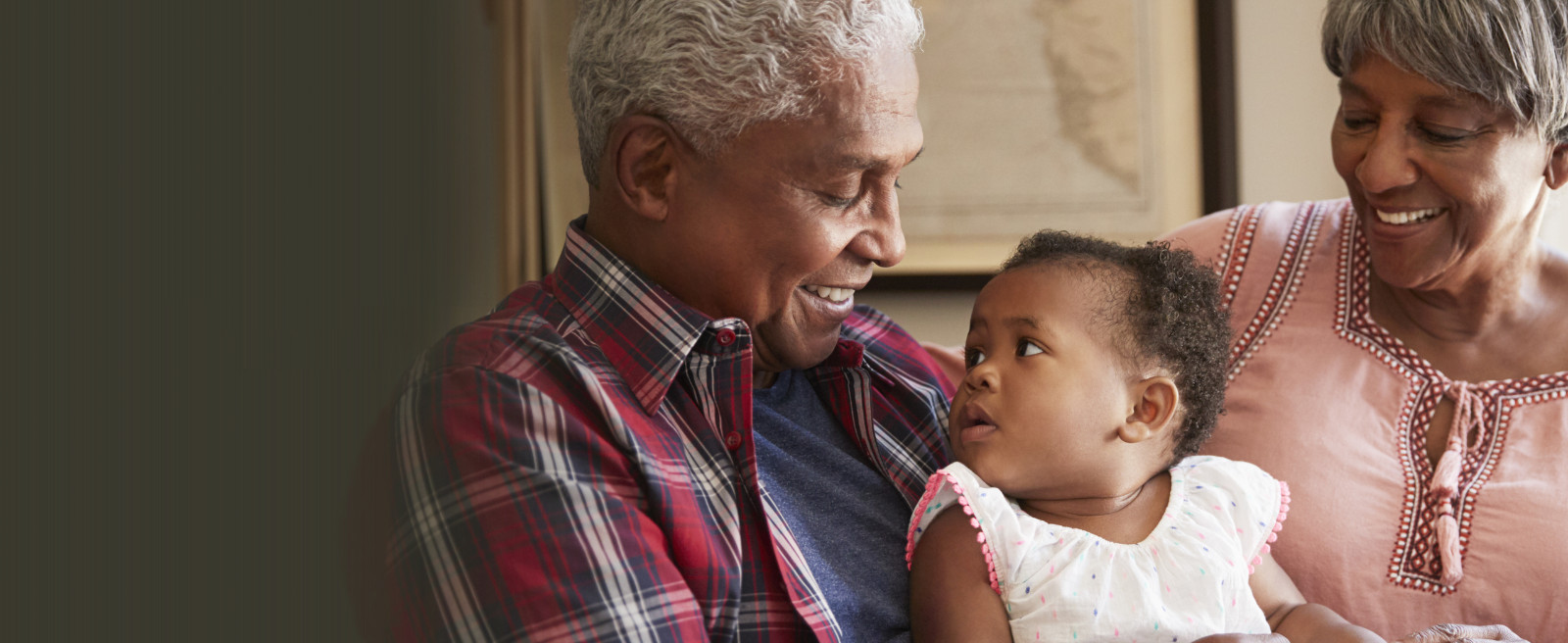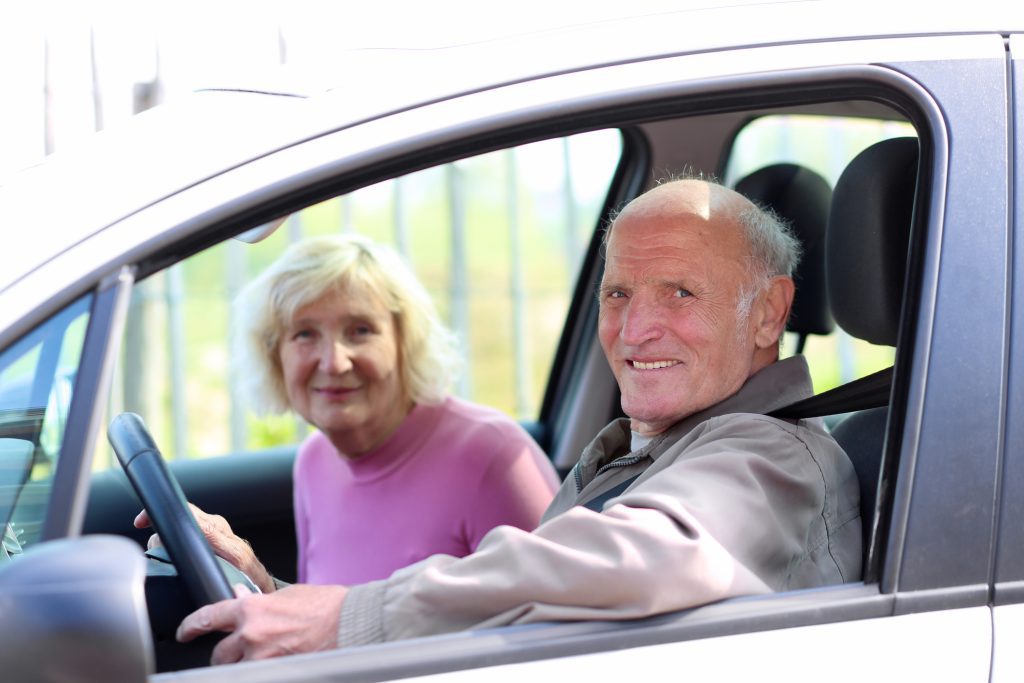Fall Prevention
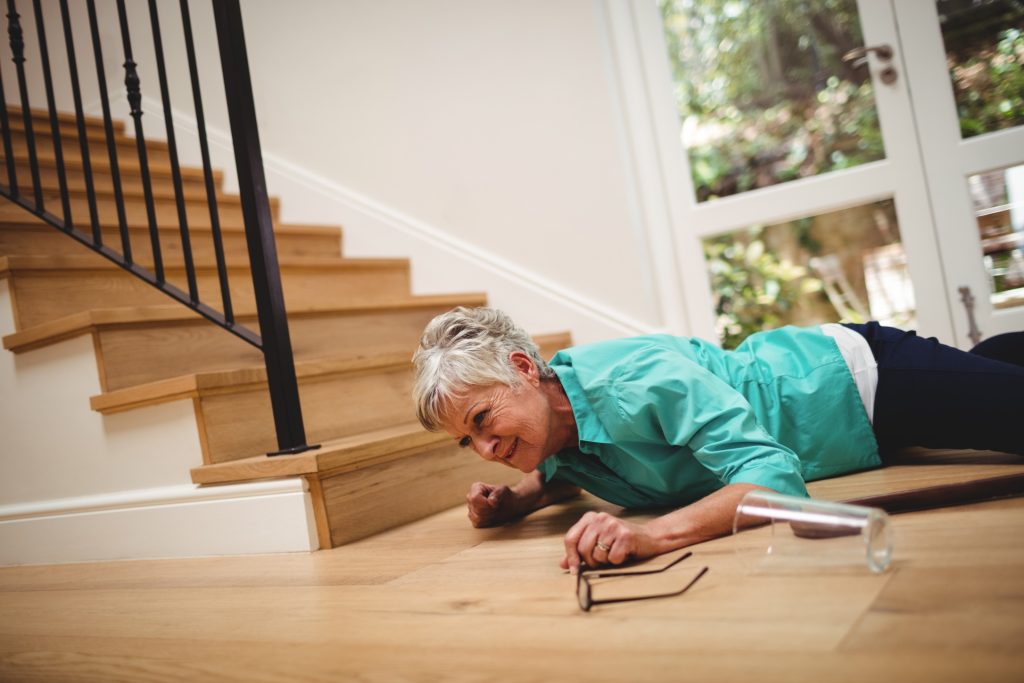
The risk of falling increases with age and can be serious problem affecting older individuals. This may be due to a range of factors including medical conditions, medication, balance difficulties, visual-cognitive impairment, and environmental factors.
Falls can cause serious injury, and loss of independence.
13 tips to help reduce the risk of falls:
1) Clear Pathways
Make sure that all pathways inside and outside of the house are clear of clutter and other obstacles, such as snow in the winter.

2) Install handrails
Stairs are one of the most common causes for falls in elderly folks. Install handrails in stairways and ensure they are securely anchored. Grab bars can also be used in the bathroom. Consider gating the top of bottom of staircases to prevent access.

3) Watch out for rugs
Rugs can bunch up or become folded over, presenting extra risk for falling. Avoid this by removing the rugs altogether or switching to non-slip rugs. If you must use a bath mat, try to only have the mat out during bath time, and leave it on the side of the tub when finished.

4) Corral the chords
Chords from TV’s, lamps, and other devices present a fall risk. Ensure that cords are neatly kept or tucked behind furniture and not strewn across the floor.
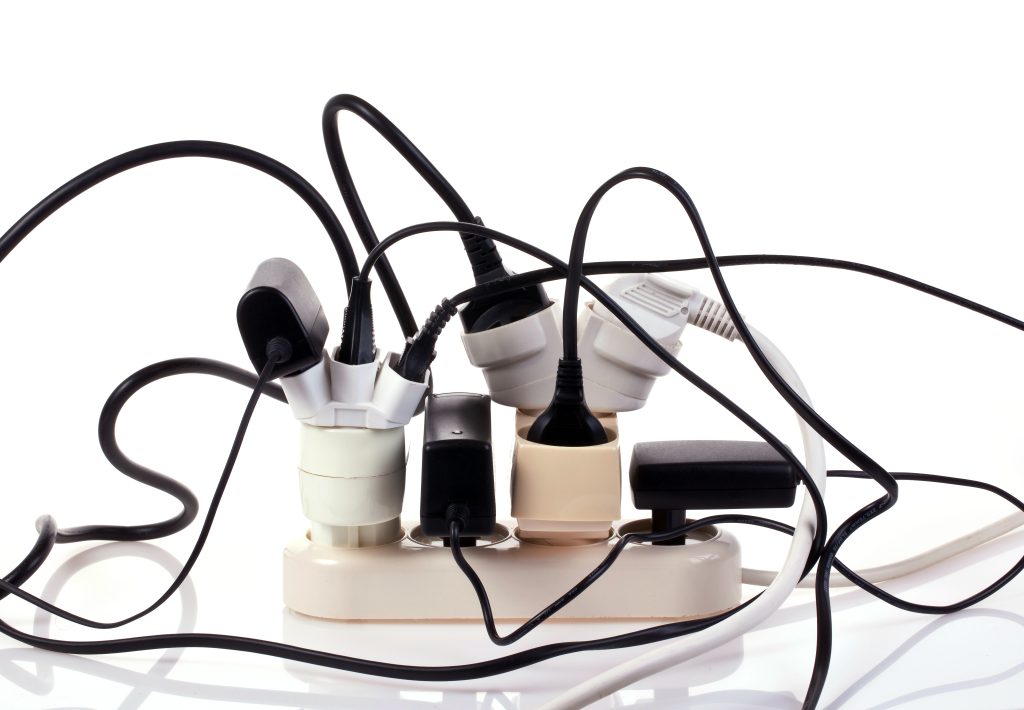
5) Make everything clear
Clearly mark all rooms with signs, to avoid wandering and confusion.
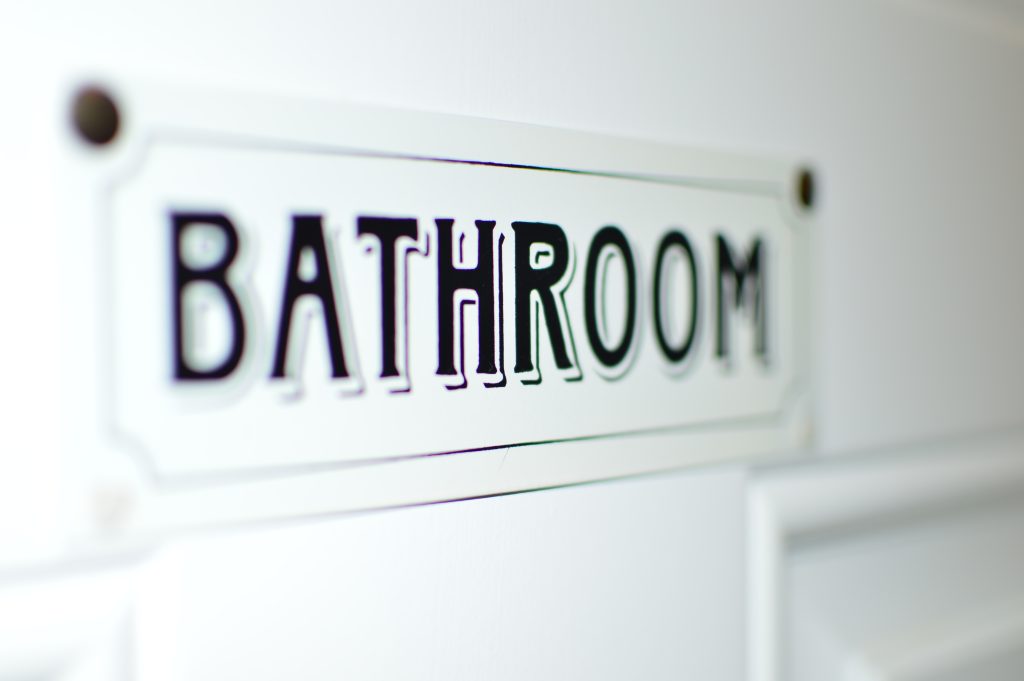
6) Keep the important items close
Keep everyday items, such as food or personal care products, within reach.

7) Utilize nightlights
Utilize nightlights throughout the house. This can be especially helpful in areas which are frequently visited at night, such as the bathroom or the hallways.

8) Minimize glare
Alzheimer’s disease can change the way a person perceives and sees light. Lights which produce glare may hinder vision for someone with dementia. Minimize glare from windows and mirrors. Use shades to minimize glare, and furnish your home with glare-free lighting.

9) Monitor medications
Some medications can cause dizziness that can lead to falls. Ask the individual’s doctor or a pharmacist about prescription and non-prescription medication side effects.

10) Utilize vision and hearing aides
Ensure the individual wears eyeglasses and hearing devices, if needed. Sensory issues can contribute to falls.

11) Look into assistive devices
Consult with a physical or occupational therapist about assistive devices (e.g., walker, cane, etc.)
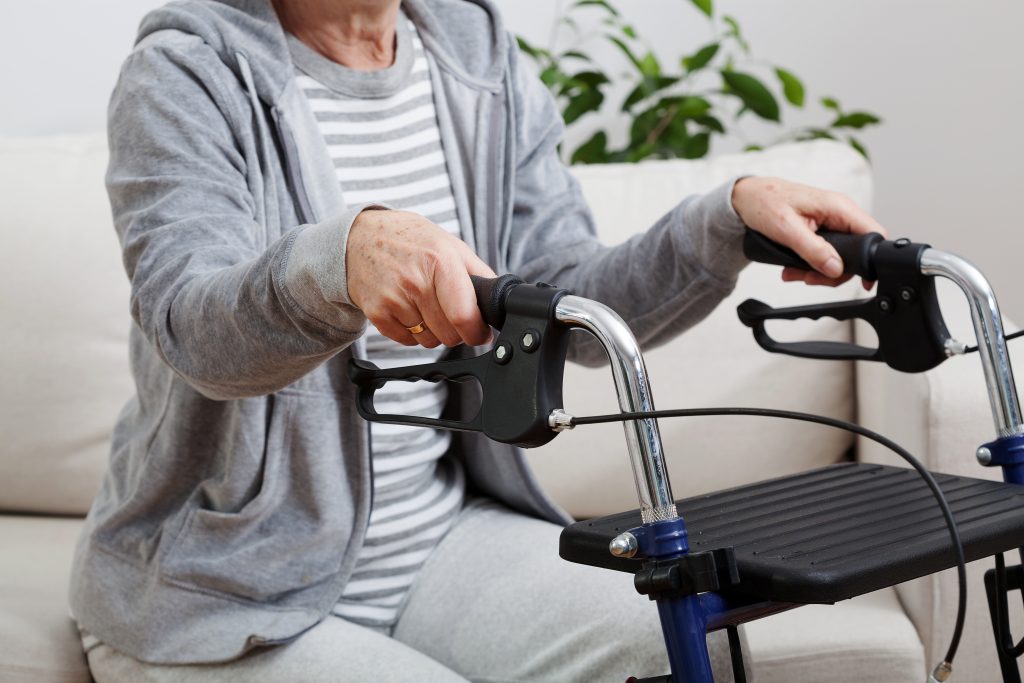
12) Use comfortable and secure shoes
Evaluate the feet for pain and ensure the individual wears comfortable, well-fit shoes with non-skid soles.
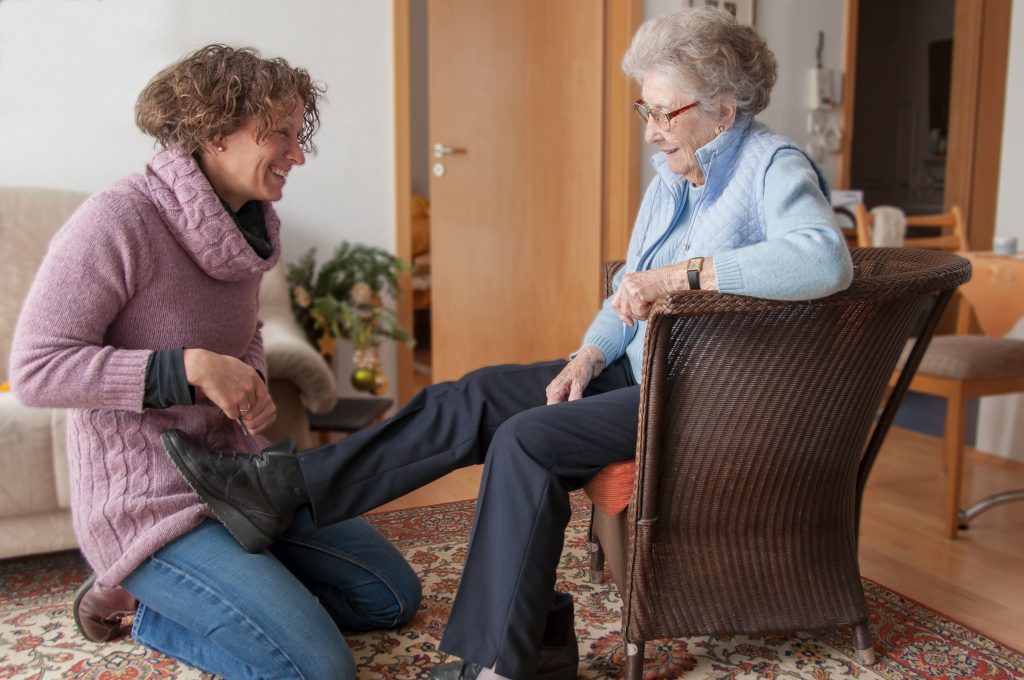
13) Eat healthy and exercise
Consult with a physician about appropriate diet and exercise. A healthy diet can help build bone strength. Strengthening exercises, such as chair rises and tai chi, may help strengthen leg muscles and improve balance.

Have questions or need more information? Contact AFA’s Helpline at 866-232-8484 or click the chat icon in the lower right hand corner of this page.
View additional fact sheets & information.

